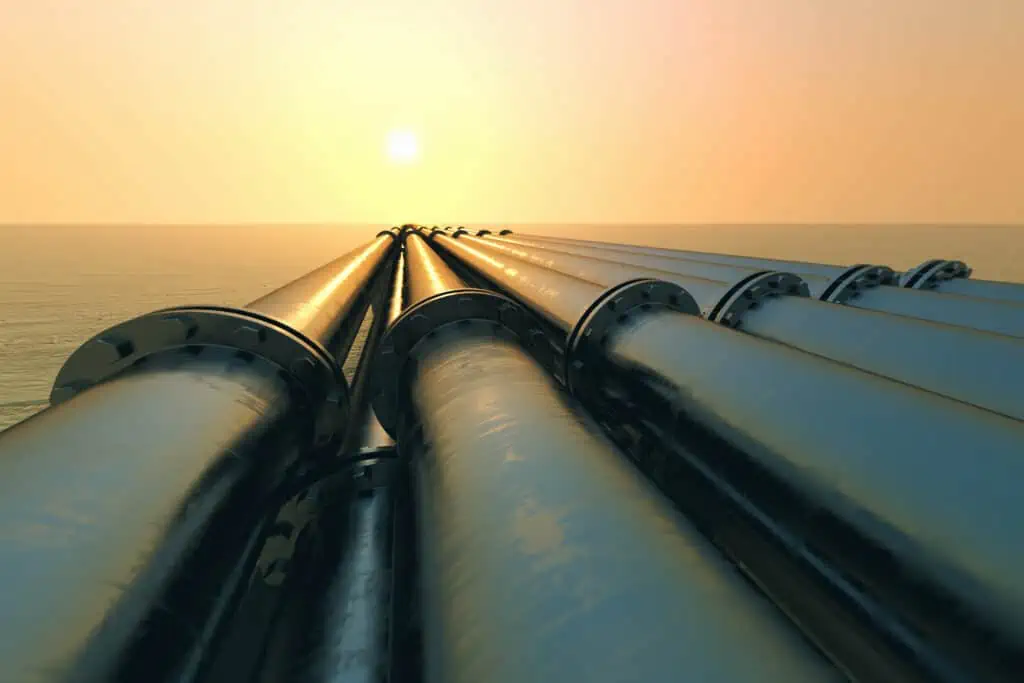It’s essential to understand the components of your total gas price for the best natural gas purchasing strategy. There are two primary components of natural gas pricing – commodity price and basis. The commodity price is based on the NYMEX Henry Hub futures price and Basis includes transportation and storage costs.
Commodity Price
The commodity price is based on the NYMEX, a national and international standard price of natural gas. The NYMEX is based on the price of gas at the Henry Hub in Erath, Louisiana, and is the official delivery location for futures contracts for NYMEX—known as the “NYMEX Henry Hub futures price.” A futures contract refers to the value today on the future delivery of gas. For example, March 2026 gas has real, tradable value today in 2023.
Basis
Basis is the differential in price between the NYMEX and the local cost of gas at the specific location. Basis includes your actual costs for transportation, fuel, storage and local production.
Purchasing Strategies
Strategic management of the NYMEX and basis costs can help you achieve long-term budget certainty and protect you against a volatile market. A few common strategies involve fixing, and “floating” the price.
Fixed-Price
You have the ability to fix the NYMEX price, the basis price or both, giving you the advantage of price certainty. One disadvantage is when the market declines, you may miss out on an opportunity to procure at a lower rate.
“Floating” a Price
“Floating” is a strategy that gives you the market price at the time of flow and allows you to take advantage of market movements. When you float a price you must be willing to take on risk if there are sudden changes in the market.
How do you decide to fix, float, or a combination of both? This all depends on your business’s specific needs, market conditions, and risk tolerance.
At Best Practice Energy we work alongside you to tailor a purchasing strategy for a better financial position. Contact us today to learn more.
